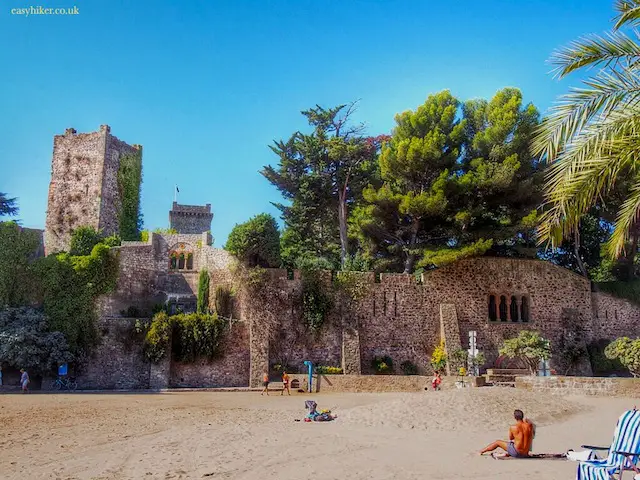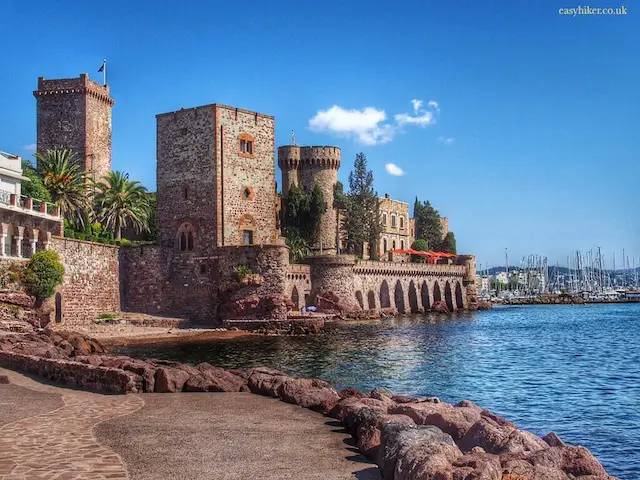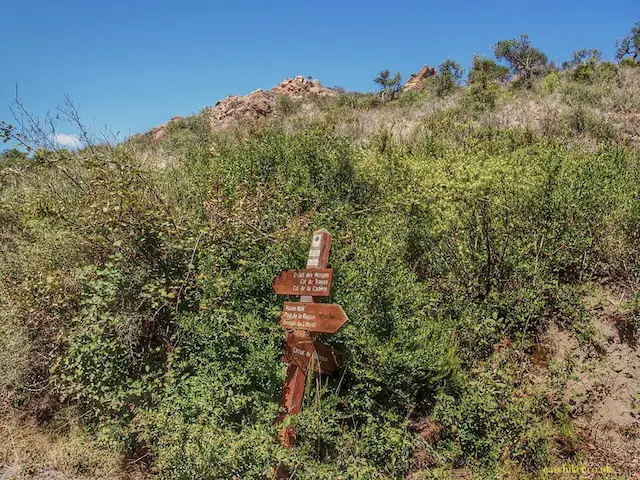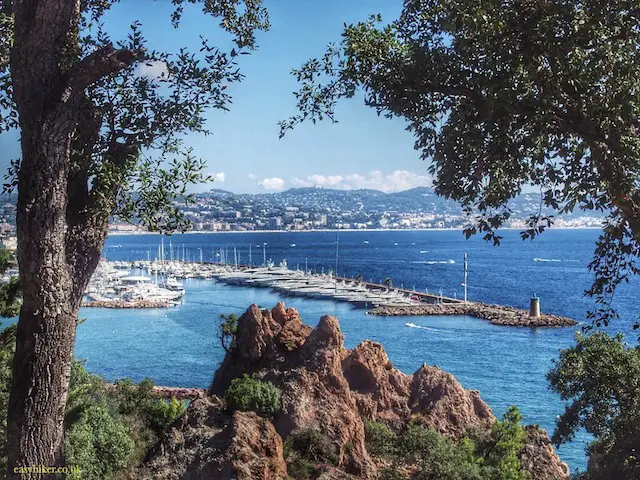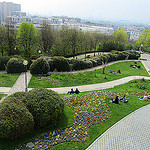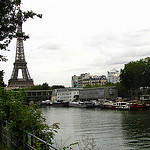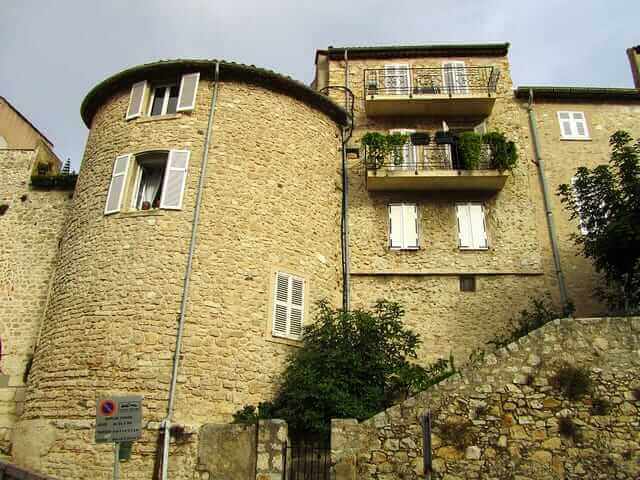The French Riviera would be as beautiful, culturally much poorer without its long history of eccentric Anglo-Saxons
With its richly articulated coastline, its pretty coastal villages, its bays and its boats, its nearly perennial sunshine and pleasant temperatures all year round, the French Riviera is a truly blessed spot.
But just to prove that nothing is perfect this side of paradise, there are also a few things it distinctly lacks. Historical interest, above all. So when I heard about the castles of La Napoule, I instantly knew that there was something not quite right about them.
Finding the Castles of La Napoule
And true enough, as we found out when got to La Napoule (7 kilometres west of Cannes), no medieval knights ever set foot in either, and both “castles” owe their existence to the eclectic tastes of their former owners who were typical representatives of the people who came to the French Riviera in the late 19th century: rich, adventurous and more than a little eccentric.
You will see the first of the two castles of La Napoule right at the start of the walk, the moment you leave the railway station at Mandelieu La Napoule.
The heritage of the Chateau La Napoule goes back to the 1300s, but when it was bought in 1918 by Henry Clews and his wife Marie, the castle had received dozens of makeovers through the centuries and had, in it last incarnation, suffered the indignity of being used as a glass factory.
But the Clews were both rich and imaginative enough to turn the building into a true transatlantic fantasy: they both came from the American East Coast “aristocracy” of Wall Street bankers and railway magnets, and Henry was an ambitious, if perhaps not overly successful artist.
For the following 50 years, the Clews – first as a couple, then, after Henry’s death in 1937, Marie alone – turned La Napoule Castle into a Mediterranean Xanadu, freely mixing the pre-Columbian with the European medieval and whatever else happened to fascinate them or tickle their fancy.
I am sorry if that sounds a little sneery: that’s not what I intended at all. La Napoule Castle, is, in fact, a handsome and rather attractive building, …
… fully deserving its place as one of the main tourist attractions on the Western side of the Côte d’Azur.
The Castle is open to the public throughout the year (afternoons only from November to February), but you get a good impression of its style and dimensions simply by following the trail around it, proceeding clockwise from the train station down the Boulevard Clews, to the beach and underneath the “gothick” arcades …
… through some attractive hillscapes (the “Rochers des Pendus”) …
… eventually to the Plage de la Rague beach and the adjacent yacht harbour.
It is here where you have to cut inland, walking underneath the busy main road (the RD 6098) and following the signs that point you to the “Vallon de la Rague”.
Immediately you will notice how the landscape changes from coastal and lush to the parched and desiccated, the colour scheme trading in the rich blues of the Mediterranean for various shades of dusty brown and red, almost as though this was Arizona.
You even have to a bit of mountain climbing, up a fairly steep pass up Mont Turney – which is, with a height of 72 metres, not quite the Nanga Parbat, but the trail will make you work for a while.
In the end, however, it does not even take you all the way to the dizzying heights of Mont Turney but guides you gently around the summit to the foot of another castle – one that was built from scratch in the early 20th century as a Tudoresque fantasy called Agecroft (in memory of Agecroft Castle in Lancashire) by an eccentric Englishman called Harry Leland de Langley.
Both castles – because of their size, the luxurious accommodation they offered, but also because of their extended views over the sea – were requisitioned by the occupying German army during WWII, but Agecroft, unlike Chateau La Napoule, was heavily damaged and never properly recovered by its original owners. After the war, the building was for many years used as a holiday resort for mining workers from the North of France – many locals still refer to it as the “Chateau des mineurs” – and is today operated as a hotel. (Which is why you cannot visit it.)
From the castle, walk down to the main road (the RD 6098 again), follow this road to the large roundabout and walk up the street on your left (Avenue Jacques Soustelle).
Take Boulevard Ginesta on your right, then the Chemin du San Peyre and finally the footpath through the forest all the way up to the highest point of the Parc Departmental, a majestic 131 metres above sea level.
One piece of advice for all the brave summiteers who have followed us thus far: always look on the bright side, the “seaside” of life …
… rather than to the inside of the country where you could, if you wanted to, rest your eyes on a rather unfetching suburban sprawl which includes an entire village perchée 1960s style, a machine for living in the hills if you so wish. A reminder that places like that, too, are part of the French Riviera.
From the top of the hill, you have to walk back the way you came, returning to the Chemin de San Peyre where you now turn left and continue all the way down to the village and back to Mandelieu train station.
This walk around the castles of La Napoule is altogether app. 5 km long and can be easily done in a single morning or afternoon. Just be a little careful in the summer, because you will be exposed to the sun throughout the journey, and it can easily become a little hot on the trail. We did this in October and felt, at the end, a little like Uncle Otto in the schvitz.


